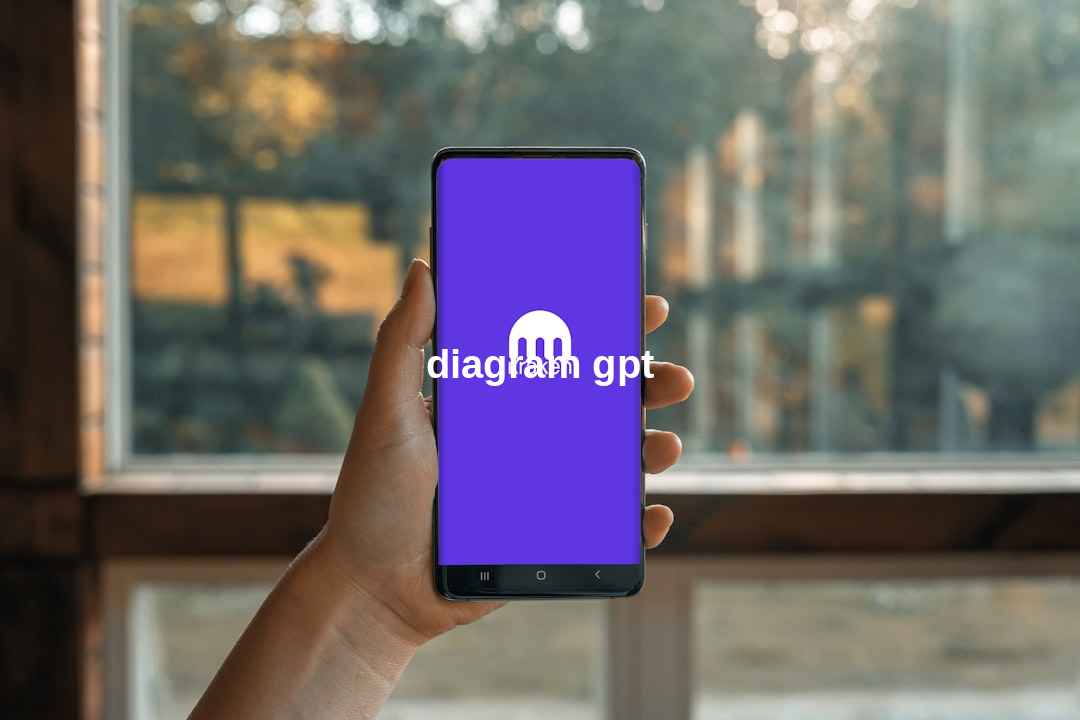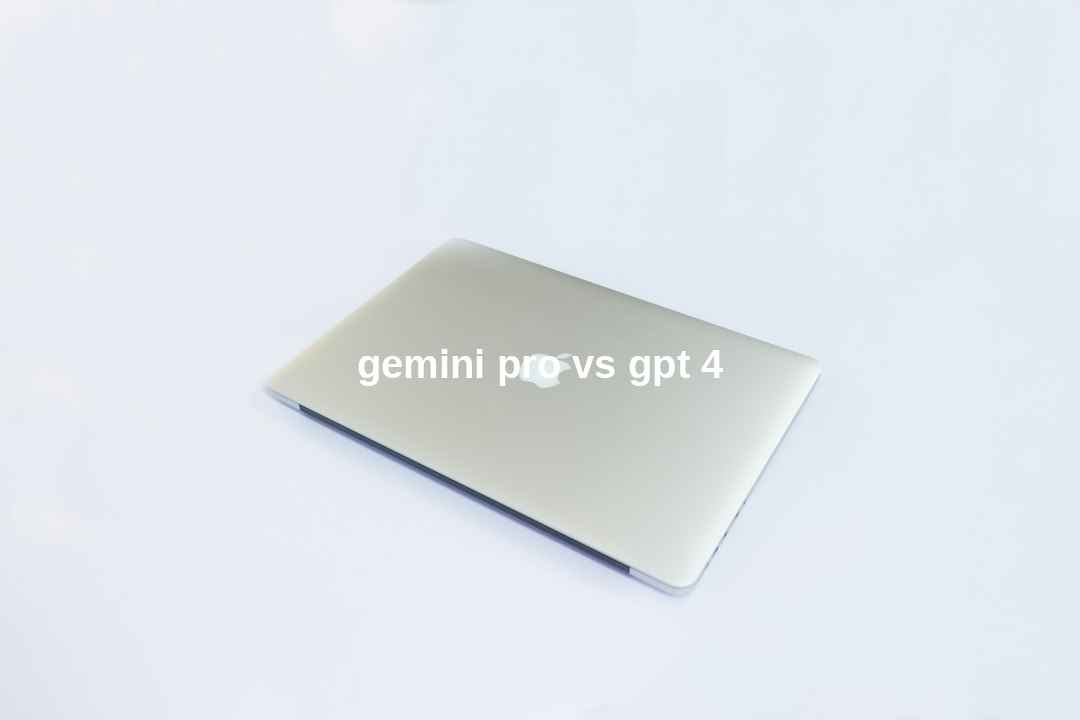Introduction:
In today’s fast-paced and data-driven world, visual representations have become a crucial component across various domains, from education to business analytics. The ability to swiftly create and interpret diagrams facilitates better understanding, communication, and decision-making. Amidst this landscape, the emergence of advanced technologies such as artificial intelligence (AI) has revolutionized the software industry. Particularly, the integration of AI with diagramming tools has opened up new frontiers for efficiency and creativity. One such groundbreaking integration is the use of the sophisticated language processing AI, known as Diagram GPT. This AI system has the potential to automate complex diagram creation, offering a seamless user experience while maintaining high standards of accuracy and design.
| Feature | Description | Impact | Use Cases |
|---|---|---|---|
| Automation | Automates the process of diagram creation based on textual input. | Increases efficiency and reduces manual effort. | Flowcharts, org charts, and process diagrams. |
| AI Integration | Leverages GPT-4 to interpret requests and create diagrams. | Enhances accuracy and allows complex visual representation. | Data visualization, educational content, and technical diagrams. |
| Customization | Offers a range of styles and personalization options. | Ensures diagrams are tailored to specific user needs. | Branding, marketing materials, and personalized reports. |
| User-Friendly | Intuitive interfaces that require minimal technical knowledge. | Makes diagramming accessible to a broader audience. | Non-technical users, students, and business professionals. |
The Rise of AI-Powered Diagram Generation Tools
In the quest to improve productivity and enhance visualization, AI-powered diagram generation tools have marked a significant milestone in software capabilities. These tools are not just augmenting human effort but are redefining the ways in which we conceptualize and share ideas.
The Evolution of Diagramming with AI
The transformation from traditional diagramming techniques to AI-driven methods is nothing short of remarkable. Initial software solutions required extensive manual input and a steep learning curve to produce even the simplest of charts. However, the advent of AI-powered tools has streamlined this process immensely.
AI algorithms, especially those built on models like GPT-4, can now understand complex instructions and datasets to generate diagrams that were once a time-consuming task. Whether you need to transform a dataset into a compelling infographic, translate a business process into a clear flowchart, or organize hierarchical information into a precise org chart, AI-driven diagram tools can handle it effortlessly.
Moreover, the sophistication of these tools lies not just in automation but in their cognitive capabilities. They can recognize patterns, interpret contextual nuances, and even suggest enhancements to make diagrams more insightful and engaging. The result is a faster turnaround time for creating visual representations that can be used in reports, presentations, or online content.
In addition, certain AI diagram tools incorporate machine learning to improve with use. They adapt to the user’s style and preferences, making recommendations for future projects and streamlining the design process. This personalized touch ensures that every diagram is not only accurate but also resonates with the intended audience.
With all these advancements, it’s clear that AI-powered diagram generation tools have secured a prominent place in the realm of visualization technologies. Their continual development is bound to impact various sectors by providing innovative solutions for visual communication and analysis.
Harnessing GPT-4 for Enhanced Visual Representation across Industries

The integration of GPT-4 into diagramming tools has ushered in a new era of visual data representation, enhancing applications in diverse industries ranging from education to engineering.
Impact of GPT-4 on Data Visualization
GPT-4’s advanced natural language understanding has made it incredibly effective for generating complex diagrams from simple descriptions. Its ability to interpret contexts, clarify ambiguities, and work with vast amounts of data has been revolutionary. These capabilities enable users across various sectors to create visual representations that are not only accurate but also artistically appealing.
The integration of GPT-4 into diagramming significantly elevates the quality and intricacy of visual data representation, making it an indispensable tool across numerous industries.
Customization and Adaptability
One of the most significant benefits of using GPT-4 for diagramming is its adaptability. It can be customized to meet the specific needs of different industries, offering tailor-made solutions that adhere to industry standards and branding requirements. The technology’s versatility has thus found applications in healthcare for patient journey maps, in finance for investment flowcharts, and in education for creating interactive learning materials.
GPT-4 enables unparalleled customization in diagrams, providing highly adaptable and industry-specific visualizations that enhance interpretation and communication.
Privacy in the Age of AI: How Diagram Tools are Protecting User Data
With the implementation of AI in diagram generation, privacy concerns become increasingly significant. Diagram GPT tools are now designed with robust privacy measures to secure sensitive information.
Ensuring Data Security
AI-powered diagram tools are equipped with encryption and user authentication features to protect user data. They often comply with international standards such as GDPR, reassuring users that their data is handled responsibly. These tools also employ practices like data anonymization to further safeguard privacy.
AI-enhanced diagram tools prioritize user privacy through rigorous security protocols, encryption, and compliance with global data protection regulations.
Balancing AI’s Capabilities with Privacy Assurance
Developers of these AI tools must strike a balance between leveraging AI’s potential and assuring users of their privacy. This involves transparent policies, control over data sharing, and clear user consent mechanisms. Users can then confidently use the service, knowing that their information is protected.
While AI diagramming tools are powerful, developers are committed to ensuring that user privacy is never compromised, balancing innovation with information security.
The Broad Spectrum of Diagram Types and Their Applications
Diagram GPT tools can produce a vast array of diagram types, catering to myriad applications that span across educational, professional, and casual contexts.
Variety of Diagrams Offered
From flowcharts, mind maps, UML diagrams to Gantt charts, the array is extensive. This diversity allows for specific and precise representations, whether for project management, software development, or brainstorming sessions.
With a myriad of diagram types at their disposal, users of diagram GPT tools can articulate and visualize concepts with precision, catering to a broad span of applications.
Use Cases of Different Diagrams
Each diagram type serves a purpose unique to its structure. For instance, flowcharts are excellent for process documentation, while mind maps are ideal for capturing brainstorming sessions. This specificity ensures that the chosen diagram type effectively serves its intended purpose, enhancing comprehension and facilitating problem-solving.
Different diagram types provided by GPT tools are tailored to serve distinct purposes, ensuring that each visual representation is as effective as it is efficient.
Conclusion: The Future of Diagramming with AI Integration
As we look ahead, the future of diagramming with AI integration promises a transformation in how we represent and understand complex data. The advancements in AI, and in particular the capabilities of GPT-4, offer a glimpse into a future where diagrams are not just a tool for visualization but also a medium for enhanced communication and learning across various fields.
The collaboration of human creativity and AI’s computational power has the potential to further elevate the standards for information sharing. These AI-powered tools will likely become more intuitive, learning from each interaction to provide increasingly sophisticated and customized outputs. As privacy and data security remain at the forefront of the technology’s evolution, users can expect to witness a continuous improvement in how these tools safeguard their sensitive information. The seamless experience provided by Diagram GPT integrates effortlessly into our workflows, enabling us to convey our thoughts and ideas with clarity and impact.
- AI-driven diagramming tools, like those powered by GPT-4, are revolutionizing the way we create and interpret visual data.
- The ability of these tools to produce a wide variety of diagrams has vast applications across numerous industries.
- Customized and adaptive, these tools are capable of generating intricate visuals that adhere to industry-specific standards.
- Data security and privacy are critical components, with developers implementing strong measures to protect user information.
- The future of diagramming with AI integration portends a more intuitive, efficient, and secure approach to visual communication.
Frequently Asked Questions (FAQs)
What is Diagram GPT and how does it work?
Diagram GPT refers to the application of Generative Pre-trained Transformer 4 (GPT-4), an advanced AI model, to automatically generate diagrams from textual descriptions. It works by interpreting the input text using natural language processing to create accurate and detailed diagrams that represent the described concepts or data.
Can Diagram GPT tools create any type of diagram?
While Diagram GPT tools are highly versatile and can produce a wide range of diagrams, the variety ultimately depends on the capabilities of the specific tool you are using. Most advanced tools support common types such as flowcharts, org charts, mind maps, and more.
Are diagrams generated by GPT-4 as accurate as those made by humans?
Diagrams generated by GPT-4 can be highly accurate, especially if the input data is clear and well-structured. However, the accuracy of AI-generated diagrams also depends on the nuances of the text and the AI’s current level of understanding. They may not capture the full intent without human review and adjustment.
How do Diagram GPT tools ensure the privacy of my data?
Diagram GPT tools typically employ a range of security measures, including data encryption, secure authentication, and adherence to privacy standards like GDPR. Many also implement data anonymization to protect individual information and ensure compliance with privacy regulations.
Will using a Diagram GPT tool require technical expertise in AI or diagramming?
No, one of the primary advantages of using Diagram GPT tools is their user-friendliness. The AI handles the complex aspects of diagram generation, allowing users to create professional-quality diagrams without needing deep technical expertise in AI or traditional diagramming techniques.
Can I customize diagrams created with Diagram GPT to fit my branding?
Yes, many Diagram GPT tools offer customization options that let you tailor your diagrams to fit personal or brand-specific aesthetics. You can often choose colors, fonts, and layouts to ensure that your diagrams align with your desired visual style.
Is it possible for GPT-4 to learn from my input to improve future diagrams?
Advanced Diagram GPT tools may incorporate machine learning, allowing GPT-4 to adapt and improve based on user input over time. This means the more you use the tool, the better it can become at anticipating your preferences and creating diagrams that meet your needs.


